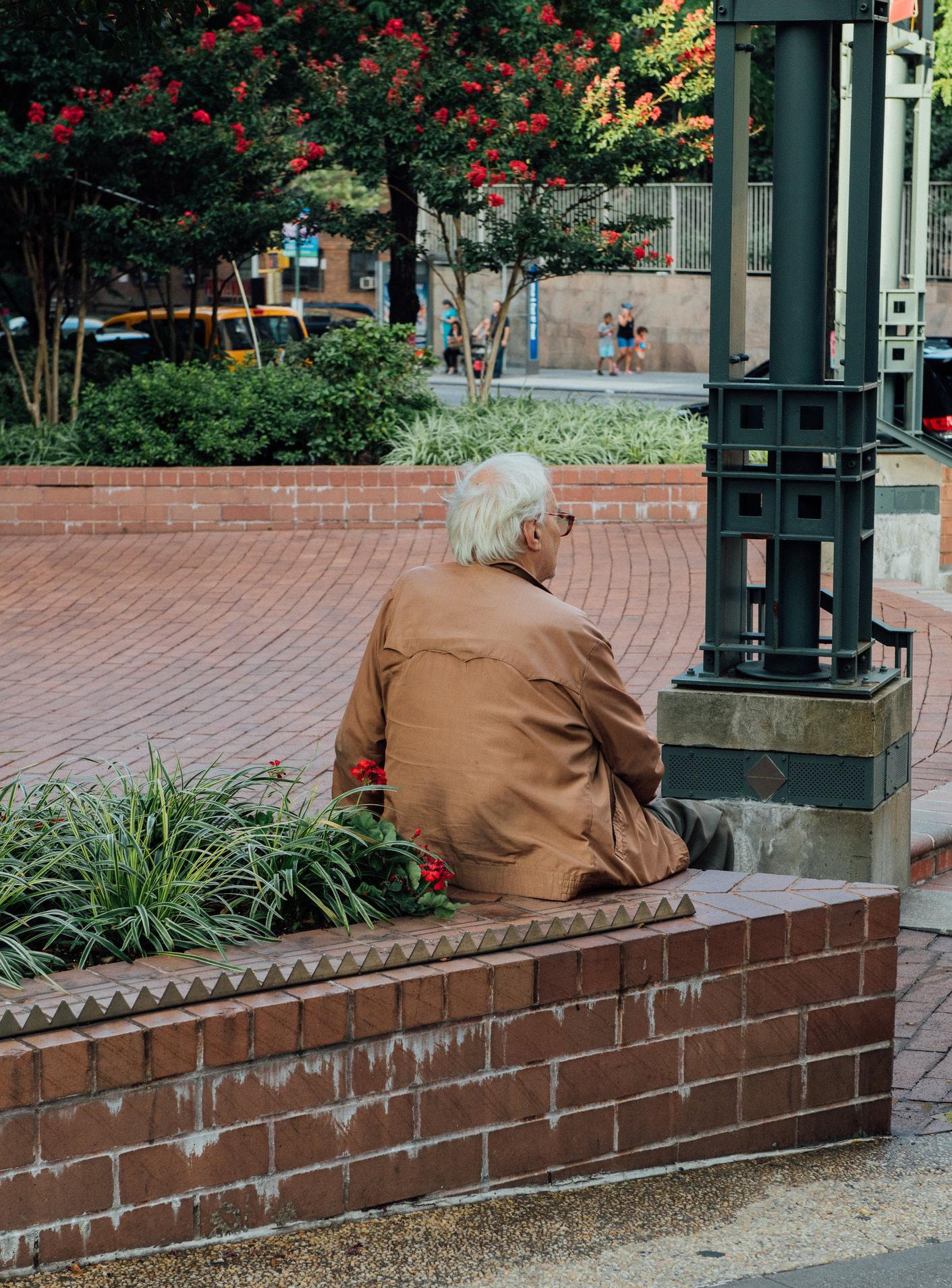Failure to differentiate Whyte (1988) identifies that one of the problems with hostile architecture is “failure to differentiate”. He states that ‘winos’ and ‘muggers’ are often placed under the same broad category, as an ‘undesirable’, which consequently means designs are implemented against a broad range of very different types of people. He argues that this is due to stereotypes and public perception, as opposed to actual criminal activity. This can be seen in the design of the Camden Bench (figure 12), which, although is designed to prevent drug dealing, something that is morally acceptable, it also prevents sleeping or sitting for long periods, which arguably marginalises the homeless, and makes it impractical for the rest of society.
paint-repellent coating to prevent graffiti
ridged top to prevent sleeping
recesses at the base to prevent bag theft
no crevices to prevent drug dealing
no flat surfaces to prevent litter piling up
undulating edges to prevent skating
Figure 13: Diagrams showing how the Camden bench is designed. Source: Tvarijonas (2020)
Whyte’s conclusions are reinforced by Davis (1990, p.147), who argues it may be that “it is the public perception of threat which forces the securitisation of public space, not crime rates”. He states that perceived danger of certain groups is due to media focus on the minority of criminals within them; headlines such as “killer youth gangs high on crack … foment the moral panics that reinforce and justify urban apartheid” (Davis, 1990, p. 147) - see figure 13. In suggesting this, Davis, in a similar way to Bader (2020), is arguing that there are underlying reasons for the rise in hostile architecture; fear is generated through media-led stereotypes, which in turn, leads to this rise. Jacobs (2011) supports this where she identifies how, in New York City, “some of the safest sidewalks … are those along which poor people or minority groups live” (Jacobs, 2011, p. 41). Here, Jacobs is claiming that safety and wealth are not necessarily linked, it is design of the space, not the people who use it, that makes spaces ‘safe’ or ‘unsafe’. 30












